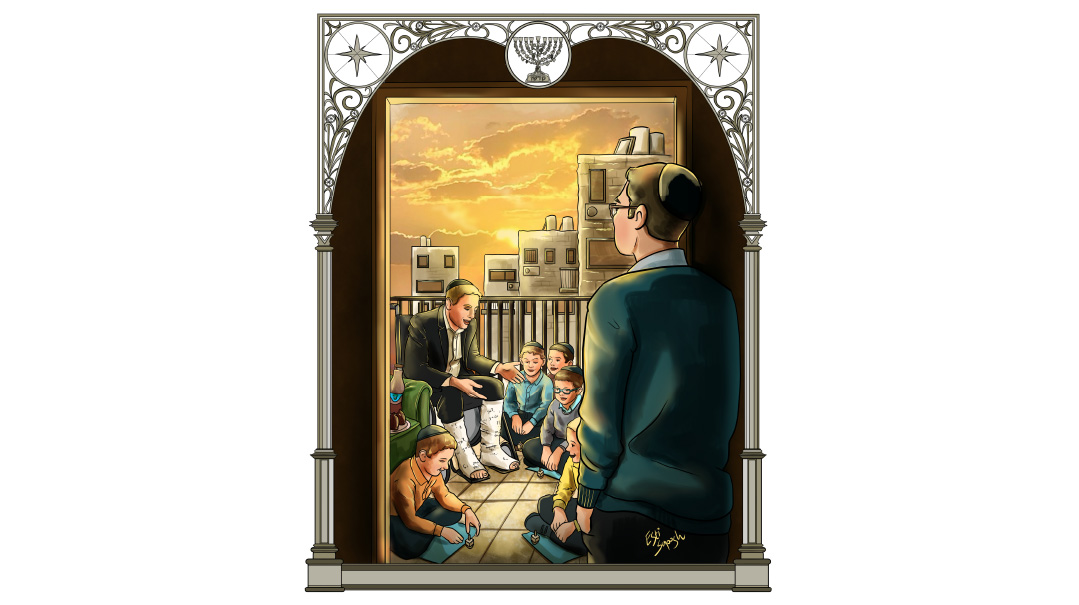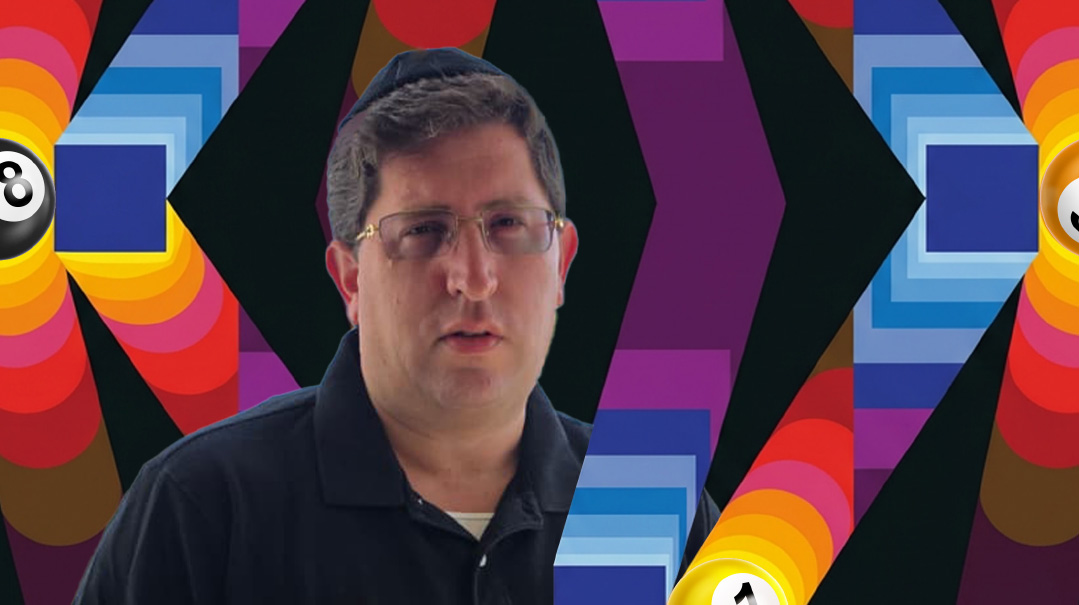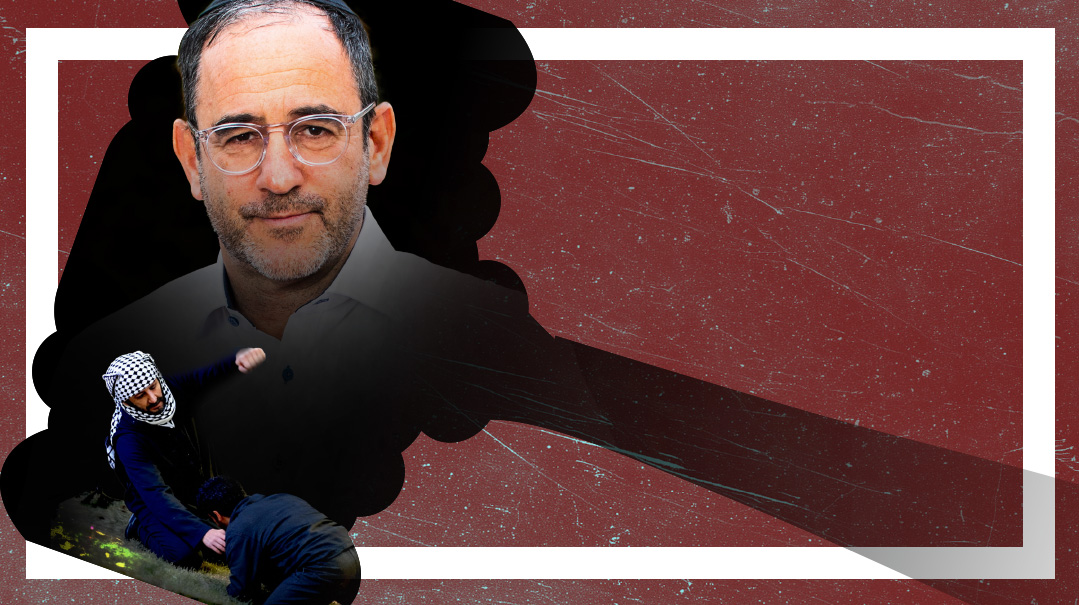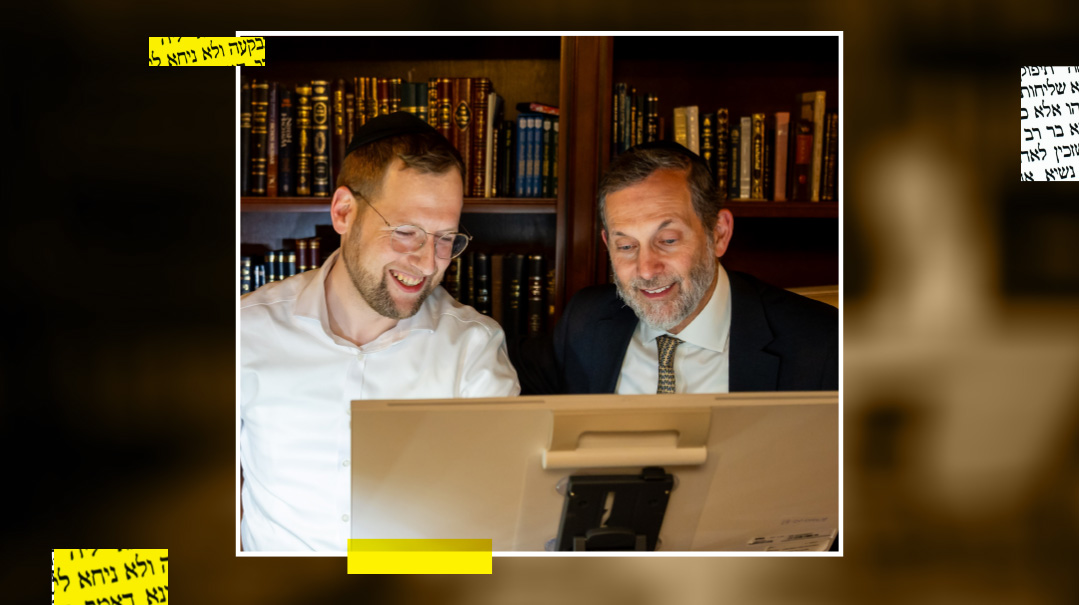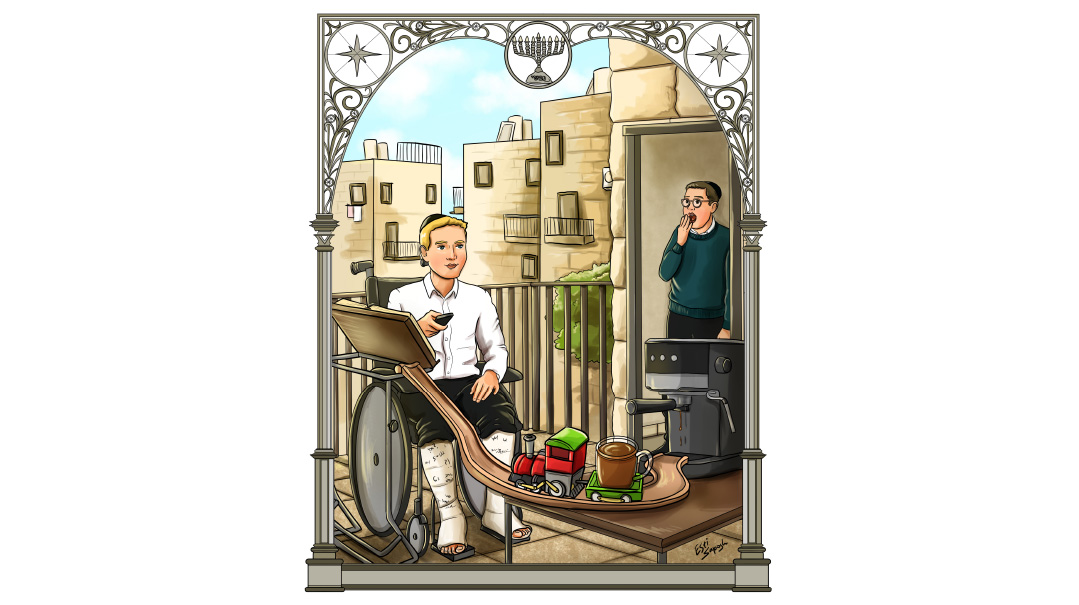Until the Shaded Light Shines
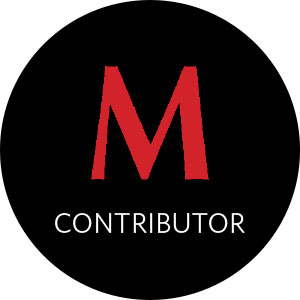
Oppressed and exiled, Rav Levi Yitzchak Schneerson never let the flame go out

Photos: Derher, Anash, Kehot, Chabad Library, Shalom Ross
Rav Levi Yitzchak Schneerson, known simply as “Reb Leivik” and the father of the Lubavitcher Rebbe, suffered at the hands of the NKVD and died in exile, surrounded by a small kehillah he cobbled together deep in the Soviet wilderness, with his wife, Rebbetzin Chana, at his side. In her diary, she begs for her husband to be memorialized through his Torah — but how, when his thousands of folios and manuscripts were seized by the Russian oppressors?
ON the 20th of Av this past summer, several hundred Jews gathered in a little cemetery in the remote Kazakh city of Almaty, in the foothills of the Trans-Ili Alatau mountains. They made their way to a weathered structure erected over a lonely grave. Their destination: The unlikely resting place of a towering tzaddik, a genius whose commentaries and elucidations demonstrate a mastery of all primary elements of Torah. In a way, their wearying journey was an appropriate commemoration for this great tzaddik. Bitter exile defined much of his legacy, one that continues to remain an arcane mystery to this day.
A few weeks prior, the third day of Tammuz marked the 30th yahrtzeit of this great tzaddik’s son. This event was celebrated by tens of thousands throughout the world, even acknowledged in various halls of government, as lines of buses and streams of visitors crowded the streets outside his burial place.
Such is the yearly commemoration of the passing of the Lubavitcher Rebbe, Rav Menachem Mendel Schneerson, who easily lists among the most influential rabbinical leaders of the 20th century. But few are familiar with the life story of his father, a brilliant thinker whose rabbinic position and spiritual influence seemed all but over when the Communists wrenched him away from his home and sentenced him to exile.
His name was Rav Levi Yitzchak Schneerson, and he was known simply as “Reb Leivik.” The primary remaining insight into the depth of his personality comes from the extensive writings he left behind (although they are just a fraction of his vast writings, most of which were confiscated by the Russians).
In these lengthy essays, Reb Leivik comments on the Zohar, the Tanya, and many excerpts from the Gemara, primarily those of aggadic nature. He quotes hundreds of sources throughout these works.
Almost all from memory — he wrote them while in exile in Kazakhstan.
Curiously, these notes are written in inks of various colors. That is because the ink he used was curated by his wife, Rebbetzin Chana, using a variety of herbs and other ingredients.
In one of his surviving pieces, Reb Leivik addresses a gemara in Shabbos (22a) which states that just as one cannot utilize the Chanukah light for his own benefit, so too, he cannot utilize the succah decorations for his own benefit. Reb Leivik explains the association. A succah provides shade. A candle provides light. “Where there is no light, there cannot be shade,” he writes.
Reb Leivik’s life was obscured by a thick wall of shade.
But behind it, no doubt, there stood a blinding light.
Oops! We could not locate your form.

